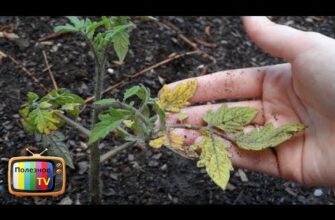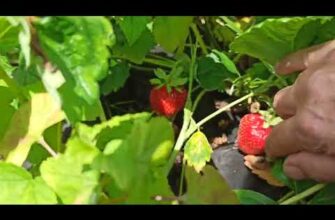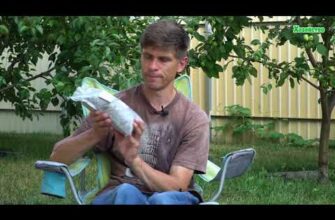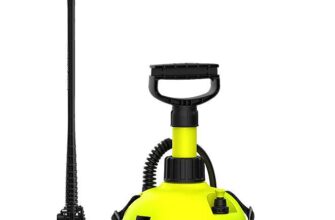- Фитофтороз — опасное заболевание растений
- Фитофтороз на картофеле и томатах: причины и последствия
- Различные методы превентивной защиты от фитофтороза
- 1. Применение химических препаратов
- 2. Правильное соблюдение агротехнических приемов
- 3. Использование биологических препаратов
- Органические методы борьбы с фитофторозом
- Профилактика фитофтороза
- Лечение фитофтороза на картофеле и томатах
- Использование химических препаратов для лечения растений от фитофтороза
- Химические препараты для профилактики фитофтороза
- Химические препараты для лечения фитофтороза
- Оптимальные условия хранения картофеля и томатов для предотвращения фитофтороза
- Правила хранения картофеля:
- Правила хранения томатов:
- Биологические препараты в борьбе с фитофторозом
- Примеры биологических препаратов:
- Профилактические меры при выращивании картофеля и томатов
- Использование народных средств
- Использование химии
- Осуществление профилактики
- Как правильно выбрать семена для предотвращения фитофтороза
- 1. Выбирайте семена с высокой устойчивостью к фитофторозу.
- 2. Отдавайте предпочтение семенам, подвергнутым специальной обработке.
- 3. Проверяйте качество семян перед посадкой.
- Эффективные методы лечения растений от фитофтороза
- Народные средства
- Химические препараты
- Правильный уход за растениями
- Симптомы фитофтороза и как их распознать
- Вопрос-ответ:
- Что такое фитофтороз и почему он опасен?
- Как проявляется фитофтороз на растениях?
- Как можно предотвратить появление фитофтороза на растениях?
- Какие есть эффективные методы лечения фитофтороза на картофеле и томатах?
- Можно ли использовать народные методы для профилактики и лечения фитофтороза?
- Видео:
- 5 надежных способов избавиться от мучнистой росы раз и навсегда!
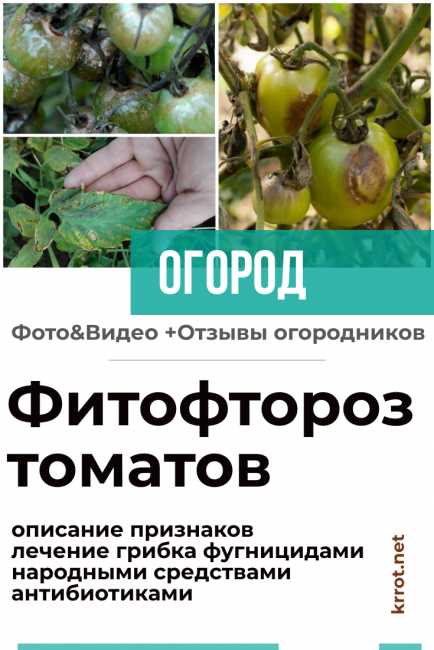
Фитофтороз – это опасное заболевание, которое может серьезно повредить урожай картофеля и томатов. Оно вызывается грибом фитофтора, который быстро размножается и заражает растения. Фитофтороз может привести к гибели до 80% урожая, поэтому очень важно знать эффективные методы профилактики и лечения.
Основным способом профилактики фитофтороза является правильное сельскохозяйственное планирование. Необходимо соблюдать ротацию культур, не выращивая картофель и томаты на одном участке постоянно. Также рекомендуется выбирать сорта растений, устойчивые к фитофторозу, и следить за их состоянием, своевременно удаляя зараженные растения.
Помимо профилактики, для борьбы с фитофторозом существуют эффективные методы лечения. Одним из них является применение химических препаратов, которые уничтожают грибы и предотвращают их дальнейшее развитие. Однако следует помнить, что использование химических препаратов может быть вредным для окружающей среды, поэтому стоит применять их с осторожностью и соблюдать инструкции производителя.
Помимо химических препаратов, существуют также народные средства, которые помогают бороться с фитофторозом. Например, можно использовать настойку чеснока или отвар крапивы для опрыскивания растений. Также полезно укреплять иммунитет растений, обеспечивая их надлежащим уходом и подкормкой.
Фитофтороз — опасное заболевание растений
Фитофтороз является одним из самых опасных заболеваний для растений, особенно для картофеля и томатов. Оно вызывается грибом фитофторой, который поражает как листья, так и корни растений.
Профилактика является основным способом борьбы с фитофторозом. Важно следить за состоянием растений, обеспечивать им необходимые условия для роста и развития. Также рекомендуется использовать народные средства, которые могут помочь предотвратить развитие заболевания.
Химические препараты также могут быть эффективны в борьбе с фитофторозом. Однако их использование должно быть ограничено, так как они могут нанести вред окружающей среде и здоровью человека. Важно выбирать препараты, которые не вызывают негативных последствий для растений и окружающей среды.
Лечение фитофтороза может быть сложным процессом. Необходимо удалить пораженные растения, обработать оставшиеся растения специальными препаратами и следить за их состоянием. Также важно обеспечивать растения оптимальными условиями для восстановления и роста.
Фитофтороз на картофеле и томатах: причины и последствия
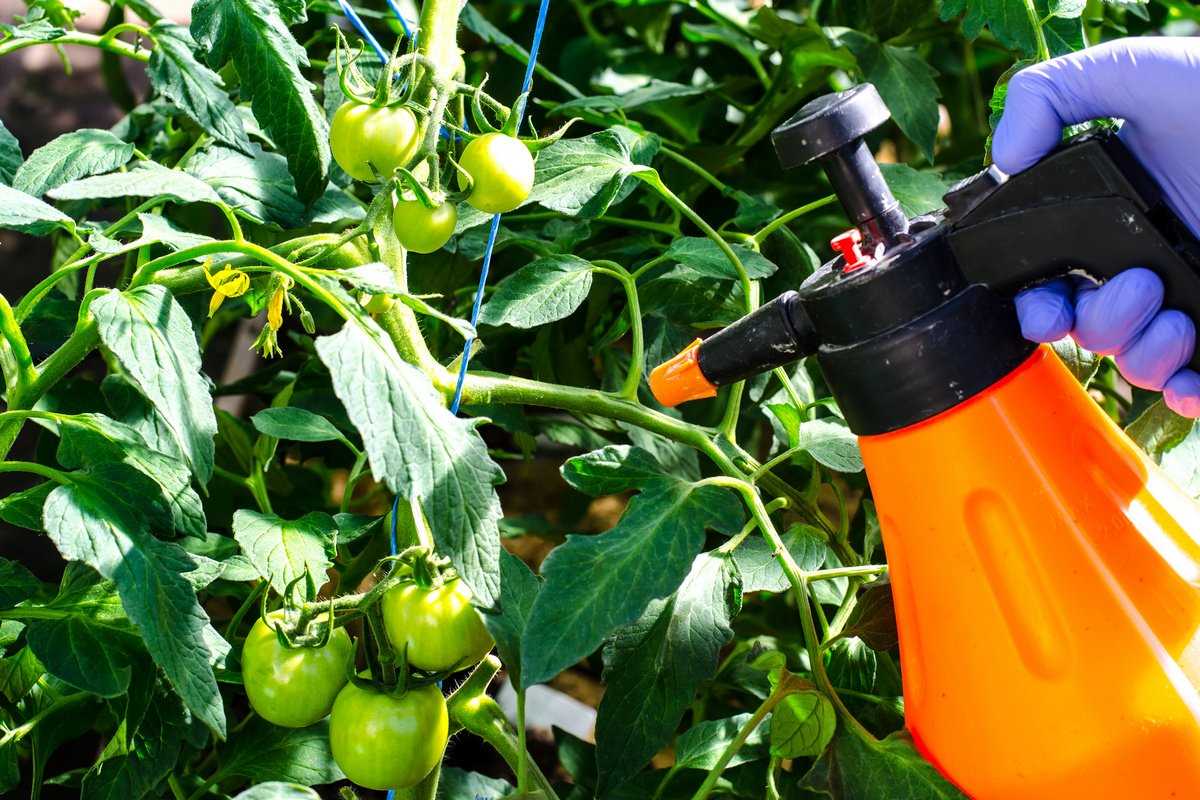
Фитофтороз – это опасное растительное заболевание, которое поражает не только томаты, но и картофель. Оно вызывается грибком фитофторой, который размножается и распространяется с помощью спор. При благоприятных условиях, влажности и высокой температуре, фитофтора активно развивается и поражает растения.
Причинами появления фитофтороза могут быть несколько факторов. Во-первых, это неправильное возделывание картофеля и томатов: плотная посадка, недостаточное поливание, плохая вентиляция. Во-вторых, фитофтороз может быть вызван заражением почвы, семян или рассады. Также, заболевание может распространяться через особо устойчивые сорта картофеля и томатов.
Последствия фитофтороза на картофеле и томатах могут быть катастрофическими. Пораженные растения начинают желтеть, завявать и засыхать. Урожайность снижается, а качество плодов ухудшается. Кроме того, фитофтороз может вызывать гниль и гниение плодов, что делает их непригодными для употребления.
Лечение и профилактика фитофтороза на картофеле и томатах осуществляется различными методами. Одним из наиболее эффективных способов является применение химических препаратов. Они способны уничтожить грибок фитофторы и предотвратить дальнейшее распространение заболевания. Однако, химия может оказывать вредное воздействие на окружающую среду и здоровье человека.
Более безопасными и экологичными вариантами являются народные средства и биологические препараты. Например, можно использовать отвары и настои из лекарственных растений, таких как чеснок, ромашка или пижма. Они обладают антисептическими и противогрибковыми свойствами, которые помогут справиться с фитофторозом. Также, можно использовать биологические препараты, содержащие полезные микроорганизмы, которые подавляют размножение фитофторы.
Различные методы превентивной защиты от фитофтороза
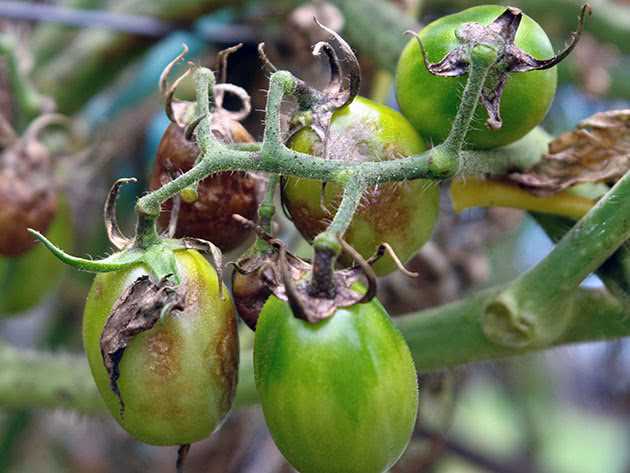
Профилактика фитофтороза на картофеле и томатах играет важную роль в сохранении урожая и здоровья растений. Существует несколько эффективных методов, которые помогают предотвратить развитие и распространение этого заболевания.
1. Применение химических препаратов
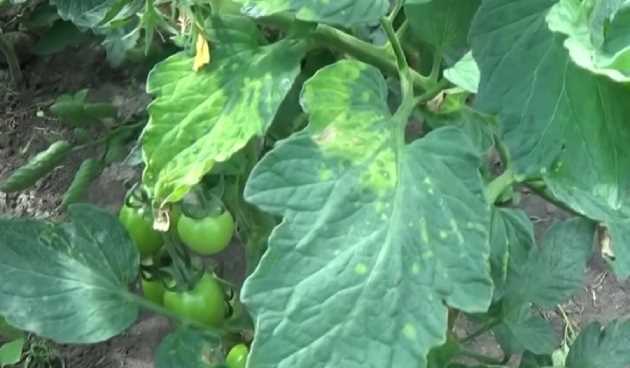
Одним из самых распространенных способов борьбы с фитофторозом является использование химических препаратов. Они уничтожают возбудителя болезни и предотвращают его дальнейшее развитие. Для этого регулярно обрабатывают растения специальными инсектицидами, фунгицидами и биопрепаратами. Важно выбирать препараты, которые имеют высокую эффективность и безопасны для растений и окружающей среды.
2. Правильное соблюдение агротехнических приемов
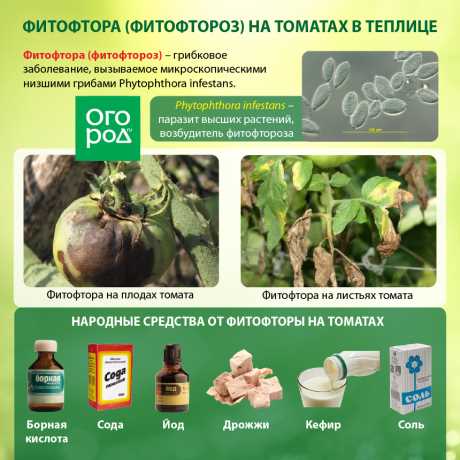
Для профилактики фитофтороза необходимо соблюдать ряд агротехнических приемов. Важно создать оптимальные условия для роста и развития картофеля и томатов, такие как правильное поливание, удобрение, своевременная обрезка и прополка. Также растения следует выращивать в севообороте и использовать качественное семенное материал.
3. Использование биологических препаратов
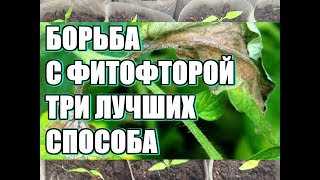
Для профилактики и лечения фитофтороза на картофеле и томатах можно использовать биологические препараты. Они содержат полезные микроорганизмы или их метаболиты, которые усиливают защитные свойства растений и снижают вероятность поражения фитофторозом. Такие препараты не оказывают вредного воздействия на окружающую среду и безопасны для человека.
Все эти методы можно использовать как отдельно, так и в комбинации, чтобы повысить эффективность профилактики и лечения фитофтороза на картофеле и томатах. Важно регулярно проводить обработку растений и следить за их состоянием, чтобы своевременно предотвратить развитие и распространение этого опасного заболевания.
Органические методы борьбы с фитофторозом
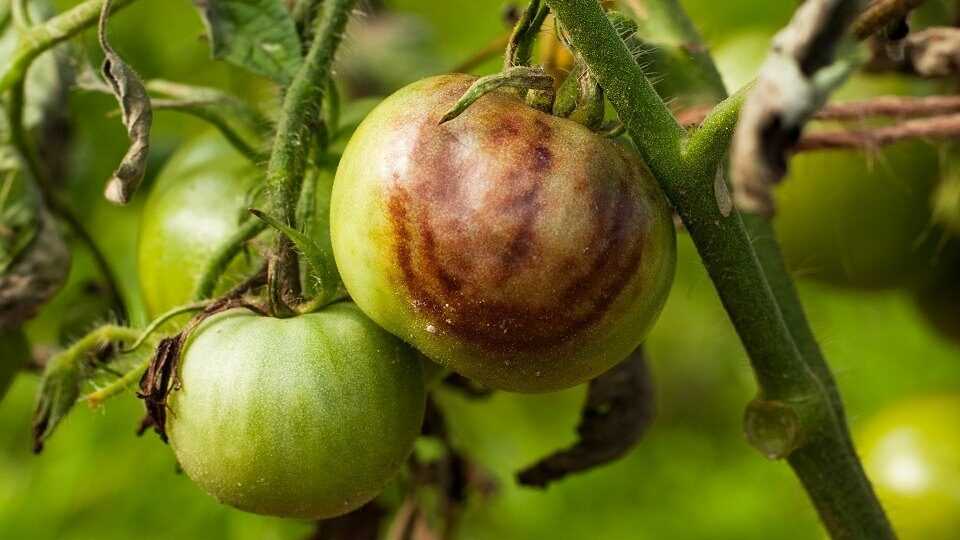
В борьбе с фитофторозом на картофеле и томатах можно использовать органические методы, которые не только эффективно борются с этим грибковым заболеванием, но и безопасны для окружающей среды и здоровья человека. Они включают в себя не только профилактику, но и лечение, основанное на использовании народных средств.
Профилактика фитофтороза
Первым шагом в профилактике фитофтороза является выбор сортов картофеля и томатов, устойчивых к этому заболеванию. Не следует высаживать растения на одном участке несколько лет подряд, важно соблюдать ротацию культур. Также рекомендуется соблюдать правила санитарной обработки и удаления пораженных растений, чтобы предотвратить распространение грибка.
Лечение фитофтороза на картофеле и томатах
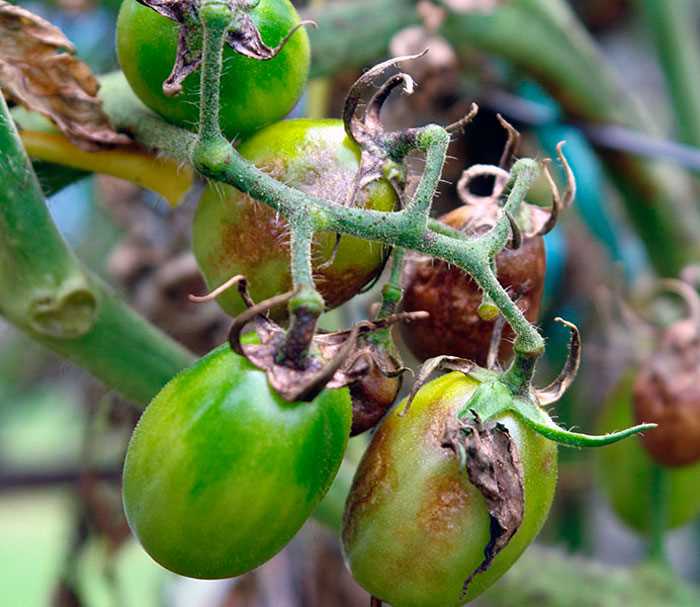
Органические методы лечения фитофтороза включают использование народных средств, таких как настои и отвары из лекарственных трав. Одним из эффективных средств является настой из чеснока – растения, известного своими антимикробными свойствами. Также можно применять отвары из луковой шелухи или ромашки, которые имеют противогрибковое действие.
Использование органических методов борьбы с фитофторозом на картофеле и томатах позволяет не только эффективно предотвратить заболевание, но и сохранить экологическую чистоту продукции. Важно помнить, что органические методы требуют более тщательного внимания и систематического применения, но результаты будут стабильными и безопасными для здоровья человека и окружающей среды.
Использование химических препаратов для лечения растений от фитофтороза

Фитофтороз — опасное заболевание, которое может нанести значительный ущерб урожаю картофеля и томатов. Для эффективной профилактики и лечения растений необходимо применение различных методов, включая химические препараты.
Химические препараты для профилактики фитофтороза
Одним из наиболее эффективных химических препаратов, применяемых для профилактики фитофтороза, является медный оксихлорид. Этот препарат обладает широким спектром действия и может быть использован на разных стадиях развития растений, начиная с посадки семян.
Еще одним полезным препаратом является манкоцид. Он обладает противогрибковым действием и может применяться как для профилактики, так и для лечения растений от фитофтороза. Особенно эффективно его использование в комбинации с другими препаратами.
Химические препараты для лечения фитофтороза
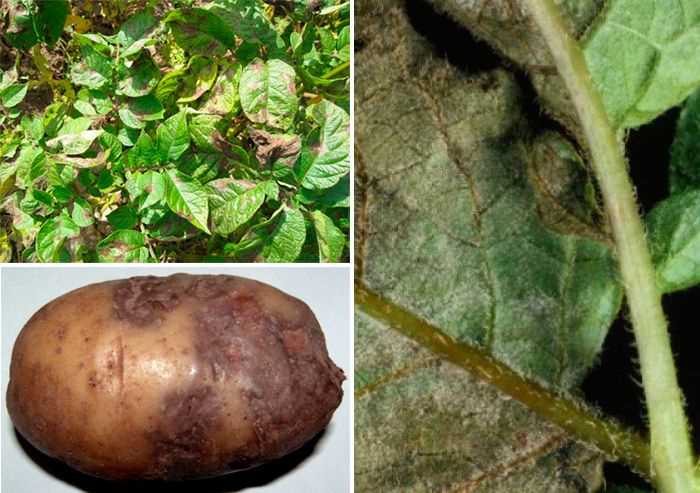
Для лечения растений от фитофтороза можно использовать такие химические препараты, как фосфорные препараты (например, фосфиты), фталимиды, аминокислоты и др. Они оказывают противогрибковое действие и способны снизить развитие фитофтороза.
Так стоп!!! Вы всё ещё не подписаны на наши каналы в Телеграмм и Дзен? Посмотрите: ТГ - (@historyfantasydetectivechat) и Дзен (https://dzen.ru/myshortsstorys)
Однако при использовании химических препаратов необходимо соблюдать определенные меры предосторожности и дозировку, чтобы избежать возможных негативных последствий для растений и окружающей среды.
Оптимальные условия хранения картофеля и томатов для предотвращения фитофтороза
Профилактика и правильное хранение картофеля и томатов являются важными шагами для предотвращения фитофтороза. Это заболевание вызывается грибком фитофторой, который может привести к серьезным повреждениям и потере урожая.
Правила хранения картофеля:
- Перед хранением картофель необходимо тщательно осмотреть и удалить все поврежденные или больные клубни.
- Картофель следует хранить в прохладном и сухом месте, при температуре около 4-6 градусов Цельсия и относительной влажности около 85-90%.
- Не рекомендуется хранить картофель рядом с другими овощами и фруктами, так как они могут выделять этан и способствовать его прорастанию.
Правила хранения томатов:
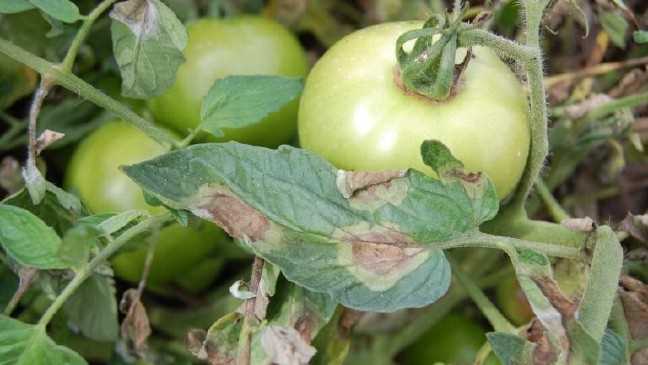
- Перед хранением томаты необходимо проверить на наличие повреждений или заболеваний, таких как фитофтороз.
- Томаты следует хранить при температуре около 12-15 градусов Цельсия и относительной влажности около 85-90%.
- Томаты не рекомендуется хранить в холодильнике, так как низкие температуры могут вызывать потерю вкуса и текстуры.
Важно отметить, что профилактика фитофтороза включает не только правильное хранение овощей, но и другие меры, такие как регулярная обработка растений, использование сортов, устойчивых к фитофторозу, и ограничение применения химических препаратов.
Биологические препараты в борьбе с фитофторозом
Фитофтороз – это опасное заболевание, которое поражает картофель и томаты, причиняя значительный урожайный ущерб. Однако существует несколько методов профилактики и лечения этого заболевания, и одним из них является использование биологических препаратов.
Преимущество биологических препаратов заключается в их экологической безопасности и отсутствии вредного воздействия на окружающую среду. Такие препараты содержат живые микроорганизмы, которые борются с патогенами и помогают растениям справиться с фитофторозом.
Примеры биологических препаратов:
- Бактерии. Некоторые виды бактерий могут помочь в борьбе с фитофторозом. Например, препараты на основе бактерий рода Bacillus могут уничтожать грибковые споры, предотвращая их распространение и заражение растений.
- Фунгицидные бактерии. Некоторые бактерии, такие как Pseudomonas fluorescens, обладают антагонистическими свойствами по отношению к грибам, вызывающим фитофтороз. Их применение может снизить инфекцию и помочь растениям выжить.
- Микоризные грибы. Эти грибы образуют симбиоз с корнями растений и способствуют их росту и развитию. Они также могут помочь растениям устойчиво противостоять фитофторозу, усиливая их иммунитет.
Использование биологических препаратов в борьбе с фитофторозом является эффективным способом профилактики и лечения этого заболевания. Однако важно помнить, что использование химических препаратов также может быть необходимым в случае серьезного заражения. Поэтому рекомендуется совмещать использование биологических и химических методов для достижения наилучших результатов.
Профилактические меры при выращивании картофеля и томатов
Использование народных средств
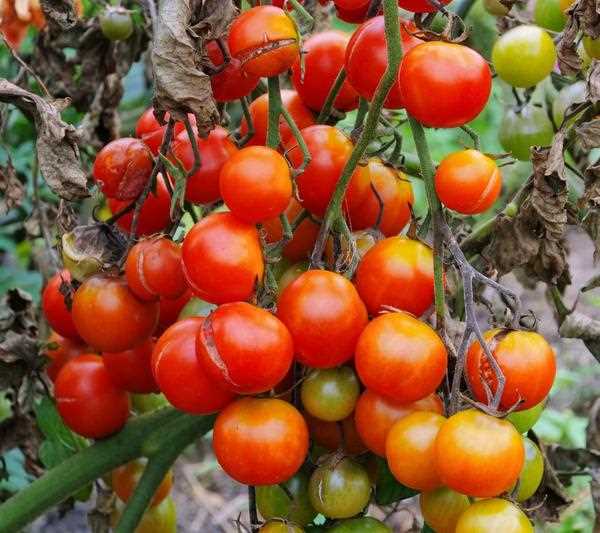
В профилактике и лечении фитофтороза на картофеле и томатах можно использовать народные средства. Одним из таких средств является настойка чеснока. Для ее приготовления необходимо раздавить несколько зубчиков чеснока и залить их кипятком. После остывания настойку можно использовать для опрыскивания растений.
Также в профилактике фитофтороза помогает раствор молока. Для его приготовления необходимо развести 1 литр молока в 10 литрах воды. Полученным раствором растения следует опрыскивать несколько раз в месяц.
Использование химии
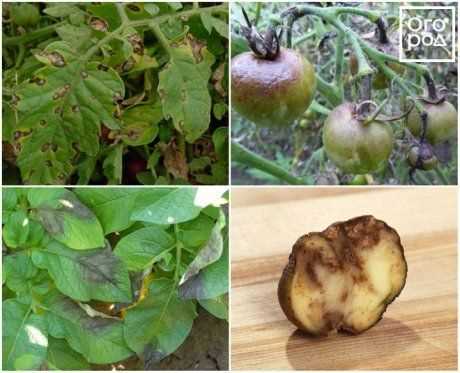
Для более эффективной профилактики и лечения фитофтороза на картофеле и томатах можно использовать химические препараты. Один из таких препаратов — фунгициды на основе активного вещества фосетилалюм. Этот препарат обладает высокой эффективностью в борьбе с фитофторозом и может использоваться как для лечения, так и для профилактики.
Однако необходимо помнить, что использование химических средств должно быть осуществлено с соблюдением инструкции по применению и с учетом дозировки. Также рекомендуется проводить обработку растений в безветренные дни, чтобы избежать распространения препарата на соседние культуры.
Осуществление профилактики
Профилактика фитофтороза на картофеле и томатах играет важную роль в сохранении урожая. Одной из основных мер профилактики является соблюдение правильного агротехнического ухода за растениями. Это включает в себя регулярный полив, подкормку, прополку и удаление пораженных растений.
Также рекомендуется проводить ротацию культур, чтобы предотвратить развитие заболевания в почве. Важно также следить за состоянием растений и своевременно обрабатывать их препаратами для профилактики фитофтороза.
Как правильно выбрать семена для предотвращения фитофтороза
Фитофтороз – опасное заболевание, которое может повредить урожай томатов и картофеля. Чтобы предотвратить его возникновение, необходимо правильно выбрать семена для посадки.
1. Выбирайте семена с высокой устойчивостью к фитофторозу.
При выборе семян томатов и картофеля обратите внимание на их сортовую принадлежность. Некоторые сорта имеют повышенную устойчивость к фитофторозу и могут защитить ваш урожай от возможного поражения.
2. Отдавайте предпочтение семенам, подвергнутым специальной обработке.
Существуют специальные технологии обработки семян, которые повышают их устойчивость к фитофторозу. Такие семена обычно имеют маркировку «обработанные» или «противофитофторные». Их использование значительно снижает вероятность заражения растений.
3. Проверяйте качество семян перед посадкой.
Перед посадкой рекомендуется провести проверку качества семян. Используйте простые методы, такие как плавание в воде или проращивание на влажной газете. Если семена не прорастают или имеют признаки поражения болезнью, не стоит их использовать.
Помимо выбора качественных семян, важно также соблюдать правила профилактики и лечения от фитофтороза. Регулярно обрабатывайте растения народными средствами или специальными препаратами, следите за состоянием почвы и зелени, удаляйте пораженные части растений. Только комплексный подход поможет вам сохранить урожай и избежать фитофтороза на ваших томатах и картофеле.
Эффективные методы лечения растений от фитофтороза
Фитофтороз является одним из самых опасных заболеваний картофеля и томатов. Для успешного лечения и профилактики фитофтороза существуют различные методы, включая использование народных средств, использование химических препаратов и соблюдение основных правил по уходу за растениями.
Народные средства
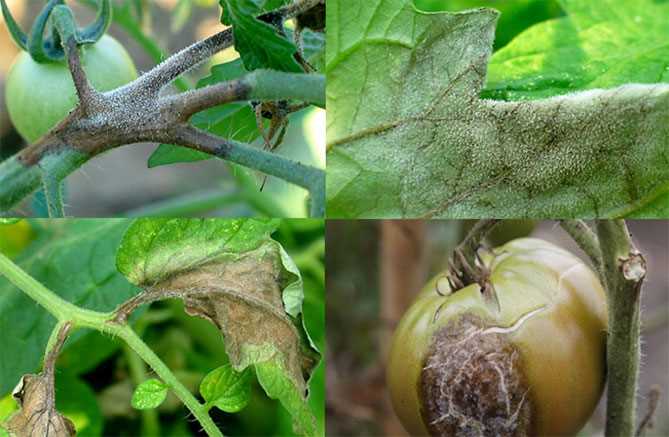
Для лечения и профилактики фитофтороза народные средства могут быть очень эффективными. Например, можно применять растворы на основе чеснока, лука или перца. Для этого нужно измельчить данные ингредиенты, залить их кипятком и настоять несколько часов. Затем полученный раствор разводят в воде и обрабатывают им растения.
Химические препараты
В случае сильного поражения растений фитофторозом можно использовать химические препараты. Однако, перед использованием необходимо ознакомиться с инструкцией и строго соблюдать рекомендации по дозировке и способу применения. Химические препараты обычно имеют высокую эффективность в борьбе с фитофторозом, но следует помнить о возможных негативных последствиях для окружающей среды и здоровья человека.
Правильный уход за растениями
Важным аспектом лечения и профилактики фитофтороза является правильный уход за растениями. Регулярное поливание, устранение пораженных листьев и умерших растений, проветривание и соблюдение оптимальных условий температуры и влажности помогут предотвратить развитие болезни и способствовать выздоровлению растений.
Симптомы фитофтороза и как их распознать
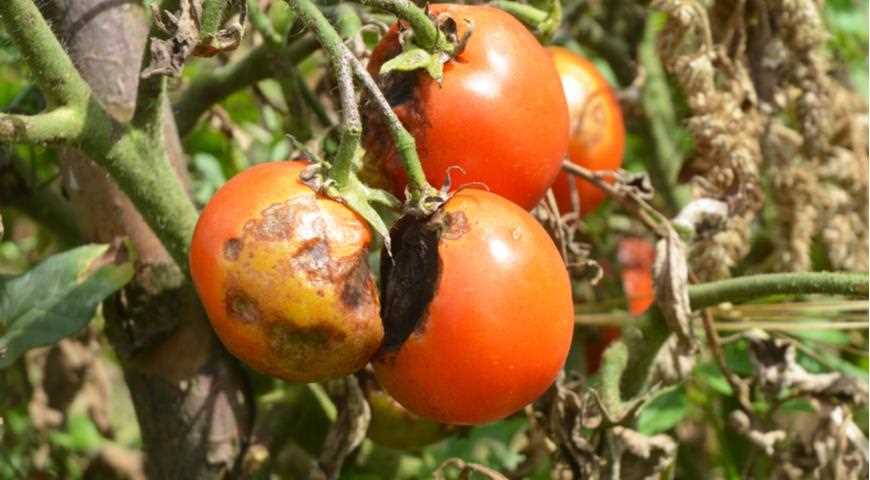
Фитофтороз — это опасное растительное заболевание, которое поражает картофель и томаты. Оно может привести к значительным урожайным потерям и рассеяться быстро, если не принять необходимые меры профилактики и лечения.
Одними из первых признаков фитофтороза являются затхлость и желтизна листьев растений. По мере развития болезни, листья начинают увядать и края становятся коричневыми. На стеблях и плодах появляются темные пятна, покрытые белесым налетом, который представляет собой споры гриба.
Распознать фитофтороз можно по следующим признакам:
- Желтые и увядшие листья — у пораженных растений листья начинают желтеть, увядать и падать;
- Темные пятна на стеблях и плодах — на стеблях и плодах появляются темные пятна с белесым налетом;
- Разрушение корневой системы — фитофтороз поражает корни растений, что приводит к их разрушению и, как следствие, к гниению корневой системы;
- Уменьшение урожайности — из-за заражения растений фитофторозом урожайность снижается значительно, что является очевидным признаком болезни.
При обнаружении подобных симптомов необходимо сразу приступить к борьбе с фитофторозом. Для этого существуют различные методы — от использования химических препаратов до применения народных средств. Важно помнить, что ранняя профилактика и лечение помогут минимизировать ущерб от фитофтороза и сохранить урожай картофеля и томатов.
Вопрос-ответ:
Что такое фитофтороз и почему он опасен?
Фитофтороз — это инфекционное заболевание, которое поражает картофель и томаты. Оно вызывается грибком фитофтора, который размножается и распространяется очень быстро. Это заболевание опасно, так как может привести к гибели растений и значительному урожайному ущербу.
Как проявляется фитофтороз на растениях?
На растениях, пораженных фитофторозом, появляются характерные симптомы. Листья начинают желтеть и пожелтеть, появляются коричневые пятна, особенно на краях листьев. На плодах могут появляться черные пятна. Растения сильно ослабевают, урожай становится низким и несъедобным.
Как можно предотвратить появление фитофтороза на растениях?
Для предотвращения фитофтороза необходимо принять ряд мер. Важно соблюдать санитарные правила, регулярно удалять пораженные растения и остатки урожая. Также полезно проводить обработку растений специальными препаратами, которые содержат фунгициды. Кроме того, необходимо следить за состоянием почвы и не допускать ее загущения.
Какие есть эффективные методы лечения фитофтороза на картофеле и томатах?
Для лечения фитофтороза необходимо применять специальные препараты, которые содержат фунгициды. Чаще всего используются препараты на основе оксихлорида меди. Они эффективно борются с грибком фитофторы и помогают спасти растения от поражения. Также важно проводить обработку растений в соответствии с инструкцией и регулярно повторять процедуру, чтобы предотвратить повторное появление болезни.
Можно ли использовать народные методы для профилактики и лечения фитофтороза?
Да, можно использовать народные методы для профилактики и лечения фитофтороза. Например, можно проводить обработку растений отваром чеснока или настоем луковой шелухи. Также полезно использовать биологические препараты, которые содержат полезные микроорганизмы. Однако стоит помнить, что народные методы не всегда могут быть достаточно эффективными, поэтому лучше сочетать их с применением специальных препаратов.


